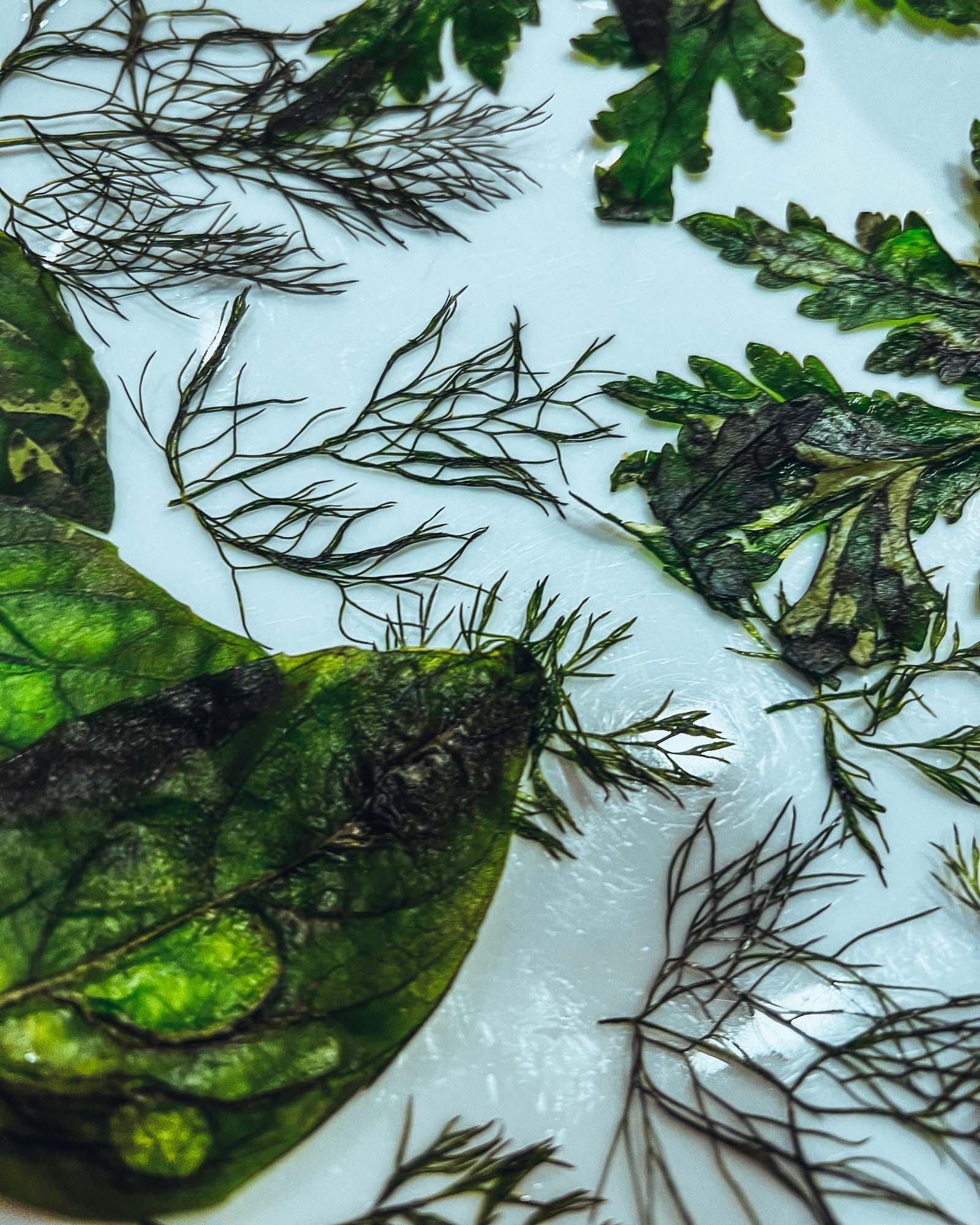

16 Jan Final Presentation.
my project which aims to explore the potential of food as an artistic tool to shift social habits in the context of food. I am drawing on the theories of pragmatism, Pierre Bordieu, and somaesthetics to understand how food can stimulate perceptual and cognitive curiosity and inspire personal and intimate transformations in the way we think about food.
To achieve this, I have researched some of the most innovative and visionary chefs in the world, such as Heston Blumenthal, Herve This, Massimo Bottura, Natsuko Shoji, and Salvador Dali. These chefs have all used art as a source of inspiration in their work, whether it’s by drawing inspiration from Carravagio paintings, Beatles albums, or traditional Japanese art forms. They believe that art can be a powerful tool for developing creativity and encouraging chefs to create new and unexpected dishes
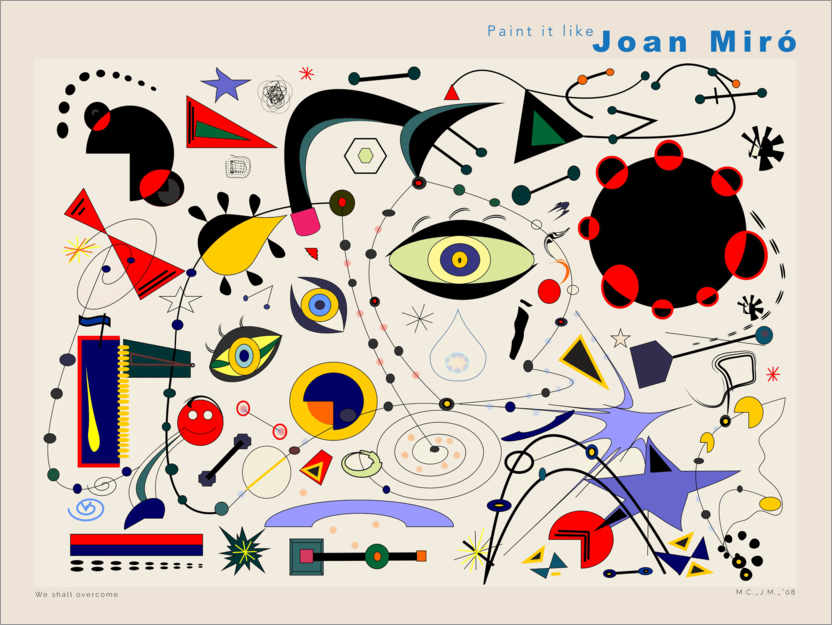

One of the key ways in which food can inspire personal and intimate transformations is through its ability to stimulate the senses. Food is not only a source of nourishment, but also a source of pleasure, and our experiences with food can have a profound impact on our emotions and our sense of well-being. Research in the field of somaesthetics has shown that our experiences with food can be used to develop our sense of self and to help us understand our relationship with the world around us.
However, food also plays an important role in our social lives and our social identities. The way we eat and the foods we eat are closely tied to our cultural backgrounds and our social class. The sociologist Pierre Bordieu developed the concept of “habitus,” which refers to the ways in which our social backgrounds shape our tastes, preferences, and habits. This concept is particularly relevant to my project, as I am interested in exploring how food can be used to challenge established habits and to inspire new ways of thinking about food.
The chefs I have researched for my project are all pushing the boundaries of what is possible in the kitchen and using food as a way to tell stories and to inspire new ways of thinking. Heston Blumenthal, for example, is a pioneer of molecular gastronomy and is known for his use of innovative techniques and technology in the kitchen. His dishes often play with the boundaries between science and food, and he is interested in exploring the ways in which food can be used to create new and unexpected flavors and textures.
For example, Massimo Bottura often uses art to challenge his culinary team and inspire them to create new dishes. He believes that art can be a source of unlimited inspiration for chefs and his own creations often tell stories through the plates, narrating cultures, and emotions. Natsuko Shoji, on the other hand, is deeply inspired by the traditional Japanese art form of maki-e and incorporates elements of this art form into her dishes, often using handmade art boxes to present them.


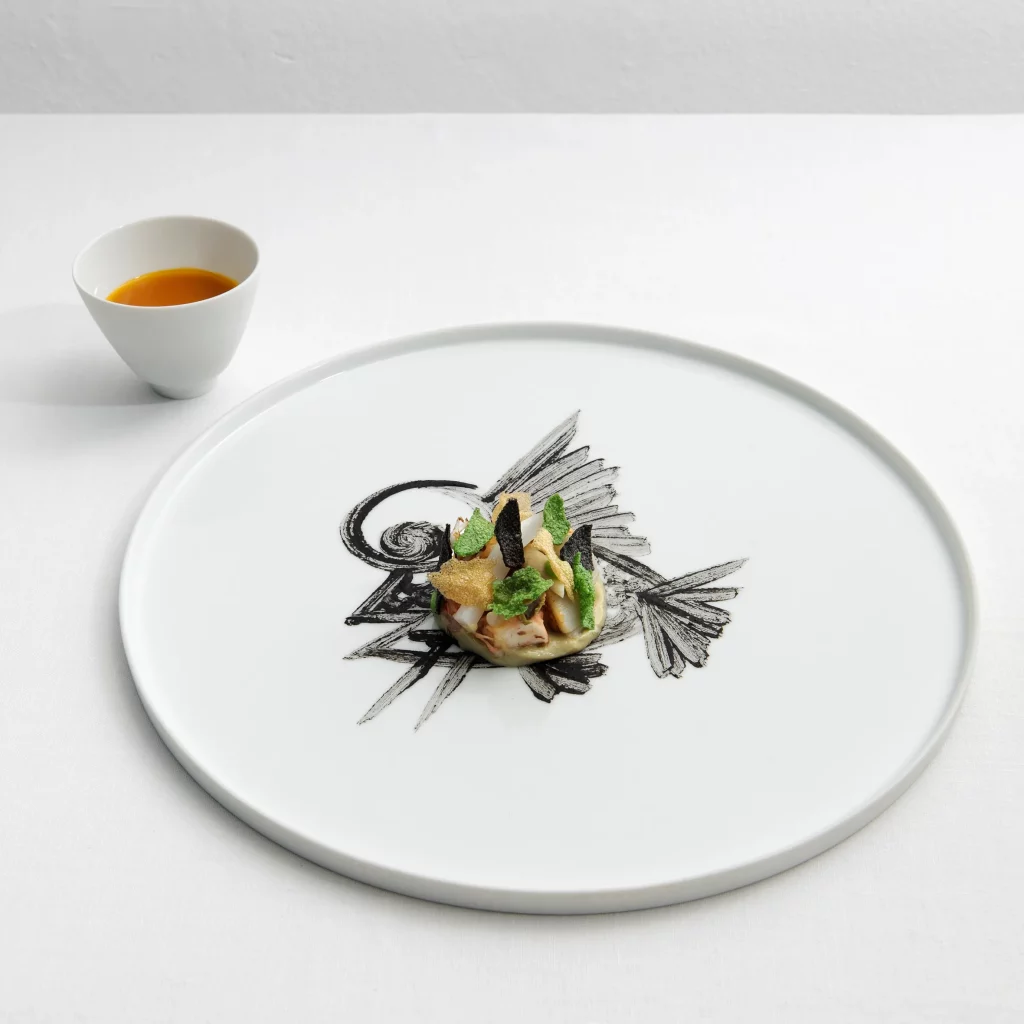

Salvador Dali and his wife Gala also organized famous parties that had both a gastronomic and theatrical dimension. Dali believed that cooking is close to painting and that adding a little of this and that, it’s like mixing paints. He often referred to associations with food when writing about painting and claimed that his famous clocks were born while eating camembert cheese.
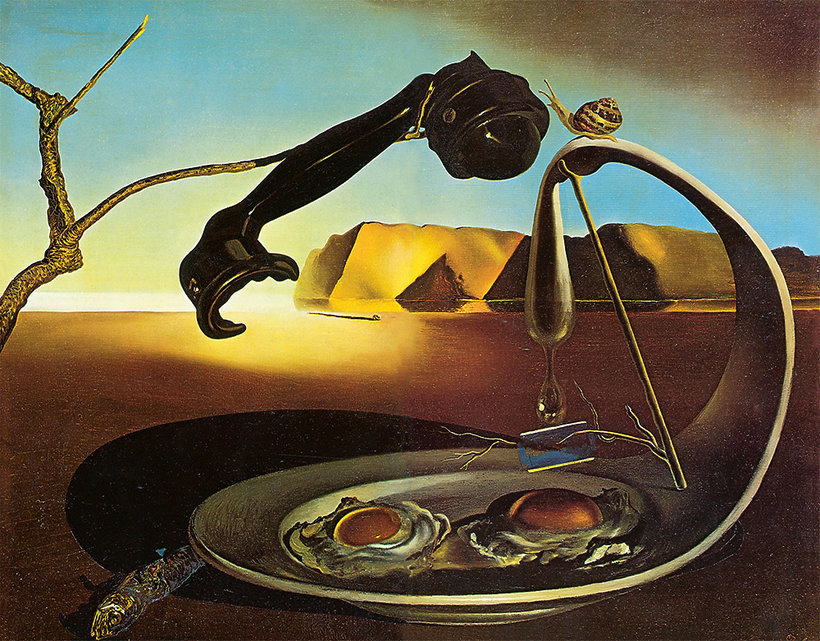



In my project, I am using these examples to show that food can be a powerful tool for stimulating the imagination and providing material for personal and intimate transformation. I believe that a series of such performances can be an impulse to learn about better, more conscious food choices and a desire to learn what we eat and how we eat. However, before we move forward, I want to conduct an analysis of behavior in breaking established habits by checking how a random group of gathered people will react to dishes that go far beyond their previous experience.


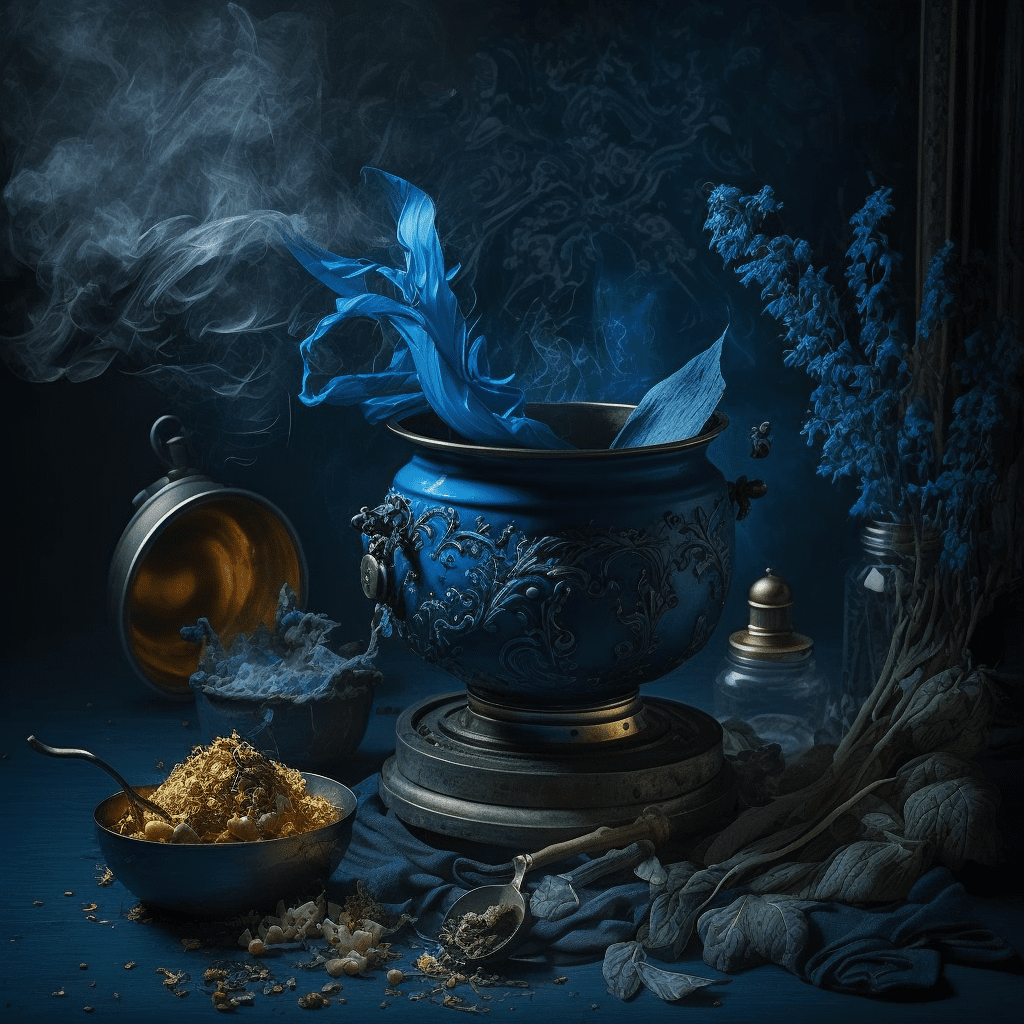

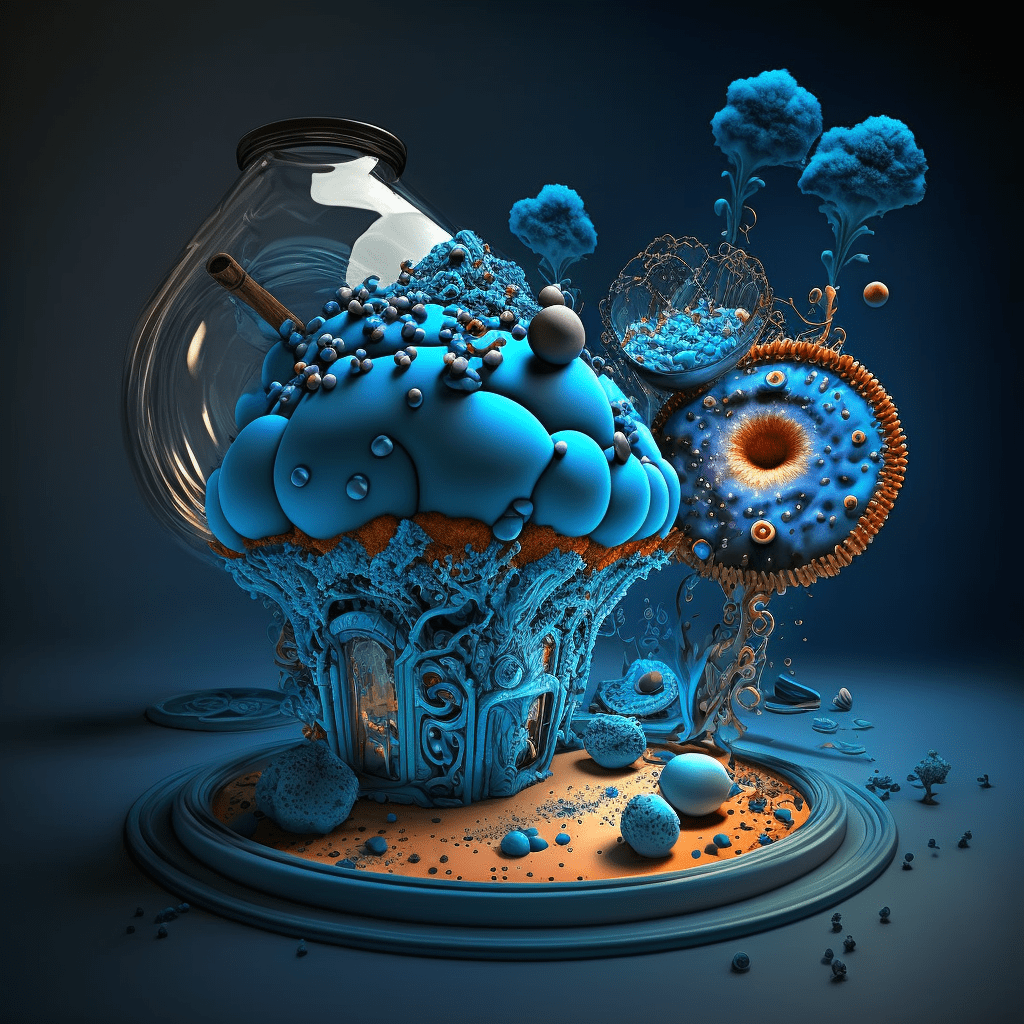



Sorry, the comment form is closed at this time.